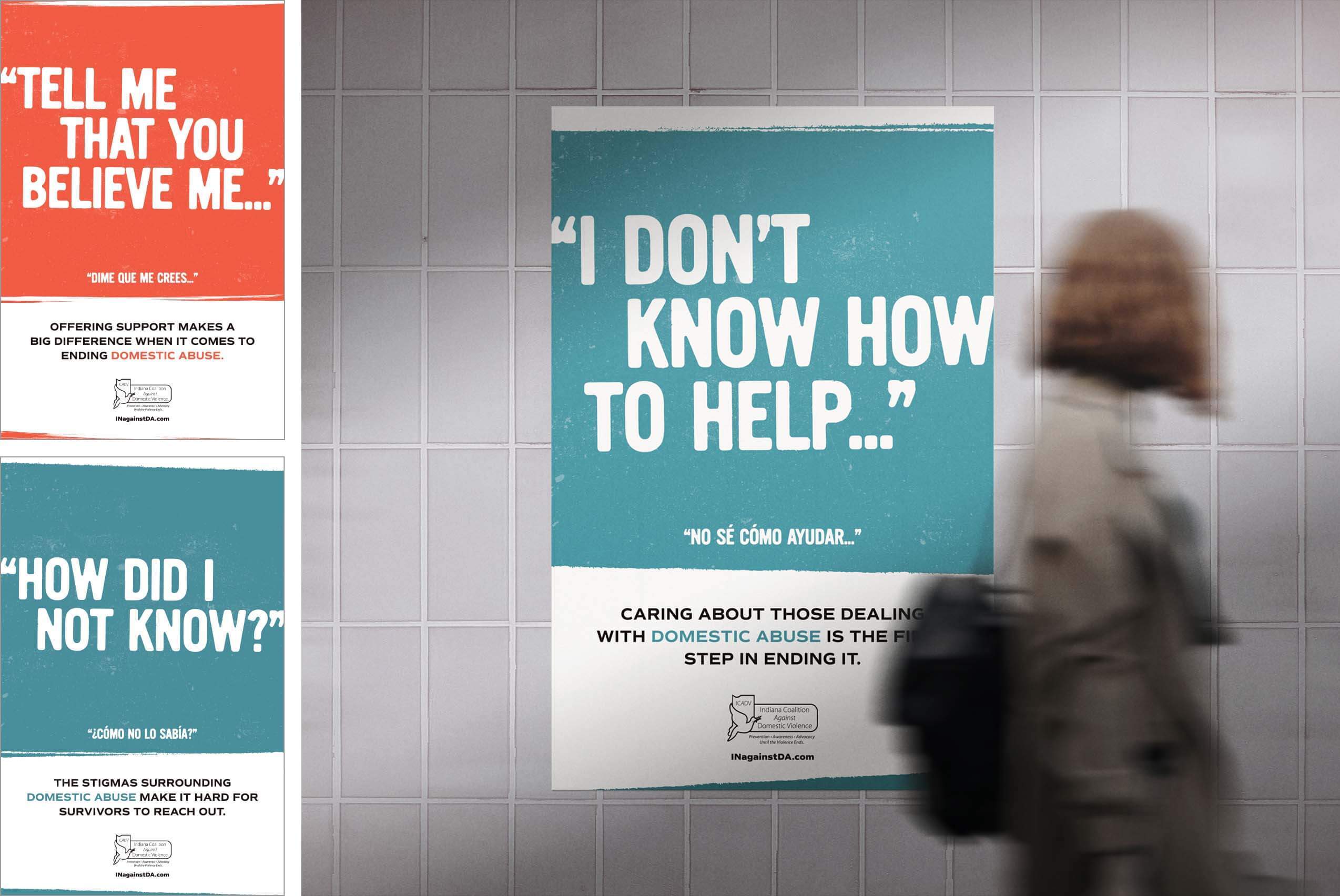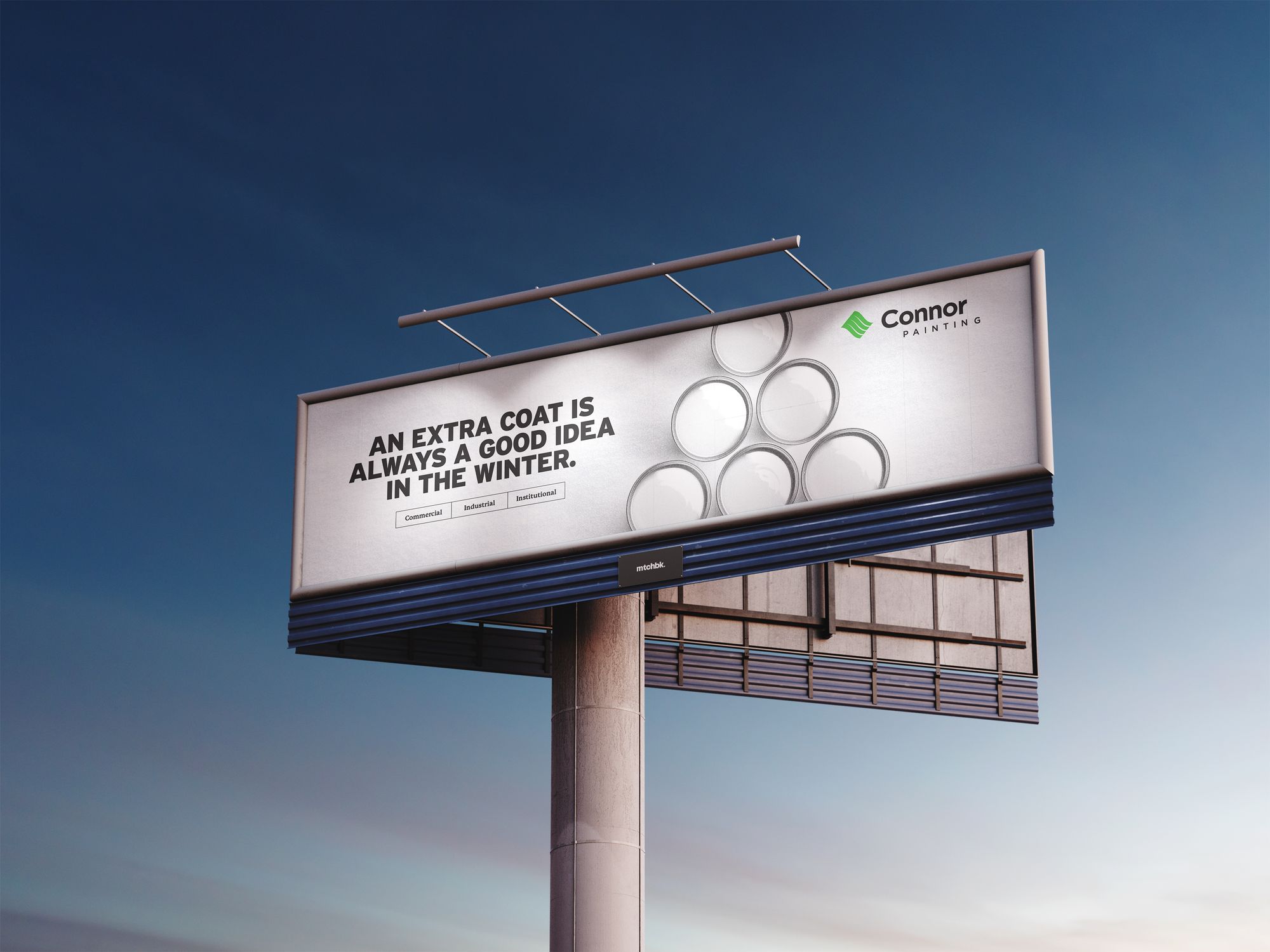How to pick the marketing tactics that work and kill the ones that don't deliver.
In 2008, every marketer was talking about social media as this new place that every brand needed to move toward immediately, if not sooner. No longer would billboard campaigns be the best way to reach your customer – the go-to argument of marketers who chose to use hyperbole to stress the importance of new media marketing, which was expected to displace what was known as "traditional" marketing.
Billboards still line the highways to this day, and Cracker Barrel still seems to be getting traction from them, based on a sample size of one Mama's Pancake Breakfast and dozens of highway exits. The information superhighway, on the other hand, has changed quite a bit. Social media has proven to be one of the most important changes in marketing. It has also proven to be one of the most fickle.
Social media has turned us all into little bunnies hiding from advertising like it's an unleashed dog. Ad blockers are everywhere, both in the app and in the flesh (referring to the fat finger smashing that no-thanks button). Apple has created more privacy features preventing users from being tracked by social media companies, starting a cold war between one of the biggest device companies and the biggest social media company in the US, famous for tracking its users across sites.

Back on earth, the highway is about the same, and billboards still work when they work and don't work when they don't. Social media as a channel works great for criminals and presidents and those accused of being both. But for most brands, social media continues to take a nose dive to no better than single-digit traffic returns. Impressions are not much better.
So, should you spend an hour on social media or start waving a big foam finger on the side of the street, pointing customers to pull into your parking lot?
These are great questions. In today's newsletter, I want to talk about putting your money and time in the right places.
Common Places for Marketing Waste
Unfortunately, it's common for brand managers to get stuck in bad habits, putting too much time and money toward efforts that don't deliver and not enough into the efforts that do. Here are several ways that marketers waste their time and money.
Social Media. For years, marketing consultants have been trying to convince brand managers to put more money into social media. Now, the tables have turned, and brand managers are insisting on social media while consultants propose another next big thing, sometimes based on performance and other times based on novelty. The argument for social media can be reasonable. An organic social media account is free, and most people are users to some degree. But effective social media requires excellent copy, engrossing graphics, and a persistent schedule to get the most out of the platform.
With low response rates, the costs can call social media initiatives into question even when done well. While one brand may show abysmal results, yet another brand may have tremendous results on the web, with double-digit growth.
To avoid wasting money on social media, make sure you have clarity on your goals. Avoid the goal of "growing followers" because you can't pay the bills with followers, and you don't own an audience that is controlled by the platform's whims. My take? Social media should be focused on general awareness and growing owned media platforms.

Logo Updates. It's always nice to get a new suit, and we all want to look good in an interview. That's why brand managers often update their logo and other brand identity elements to make sure they are putting their best foot forward. It's the same thinking that leads people to believe a rebrand is needed to signal a change to a new era for the business, even if the change is beyond the logo itself.
Often, the problems brands are facing in the marketplace, or the new goals they are looking to achieve, are not solved by a six-figure rebrand initiative when a clear messaging campaign might have been more effective. If you need to signal something to the market, a signal in the form of a marketing message might be more effective.
To avoid wasting money on a rebrand, make it clear to yourself and your team what you want it to achieve, and be sure that the logic of a rebrand follows. You need to be sure that your new suit is going to make a difference instead of just adding an unnecessary cost that won't even help you get the job.
Billboards and Other Static Media. Billboards work for two things – brand recall and road cravings. Whether you're a pancake maker or a personal injury lawyer, billboards can be the ticket to brand recognition and even immediate action when the timing is right. But rarely will someone call you from the road and ask for a quote or sign up for your newsletter.
If your goal is to turn impressions into sales, make sure you understand your audience and how they make decisions. For the customer making a more deliberate purchase such as B2B sales or large purchases, they may need time to think and build trust in a brand. Recognition of your brand is paramount to becoming the brand your customer trusts. For the impulse purchase based mostly on a love for real maple syrup and the perfect time for a pit stop, a billboard can be the way to push more customers into your lot, but if you don't understand your audience, you'll burn much-needed fuel trying to get leads.

This concept applies to all marketing, but platforms like direct mail, print ads, and broadcast ads, along with billboards, all connect with an audience in a different context and likely a different stage of the decision funnel.
To avoid wasting marketing fuel on the highways, make certain you understand how your customer makes a purchase and meet them there. And be prepared to stick around if they need some time to think.
Being Everywhere. It's a dilemma brand managers face all the time. How do you maximize your reach while ensuring the channels you invest in are effective? If we market in several places, we'll be far more visible, right? On the other hand, this can put added pressure on content creation and reduce the budget per channel.
Sometimes, a budget spread too thin does little more than reduce the quality of your content and the effectiveness of the channels you are engaging in. Even with consistent messaging, each channel requires focused thought regarding context and a focused budget for reach.
To avoid wasting money by spreading yourself too thin, focus on one channel at a time and then add marketing channels over time after each has been optimized.
There is No One Size Fits All
These are only a few of the things to consider, and we've hardly provided every answer (we'll get to more next week, so make sure you are signed up). It's important to make sure you know what your marketing decisions are supposed to accomplish and build a plan that fits.
The central point is that there is not a one-size-fits-all marketing strategy, except that every brand needs to have one. The strategy that is old hat for one brand will sell more pancakes than you can imagine for another. You better work on yours, or else someone out there will be eating your lunch. And we don't want that – unless that is actually your goal.



